Home>Garden Essentials>How Long Does It Take Broccoli To Grow From Seed
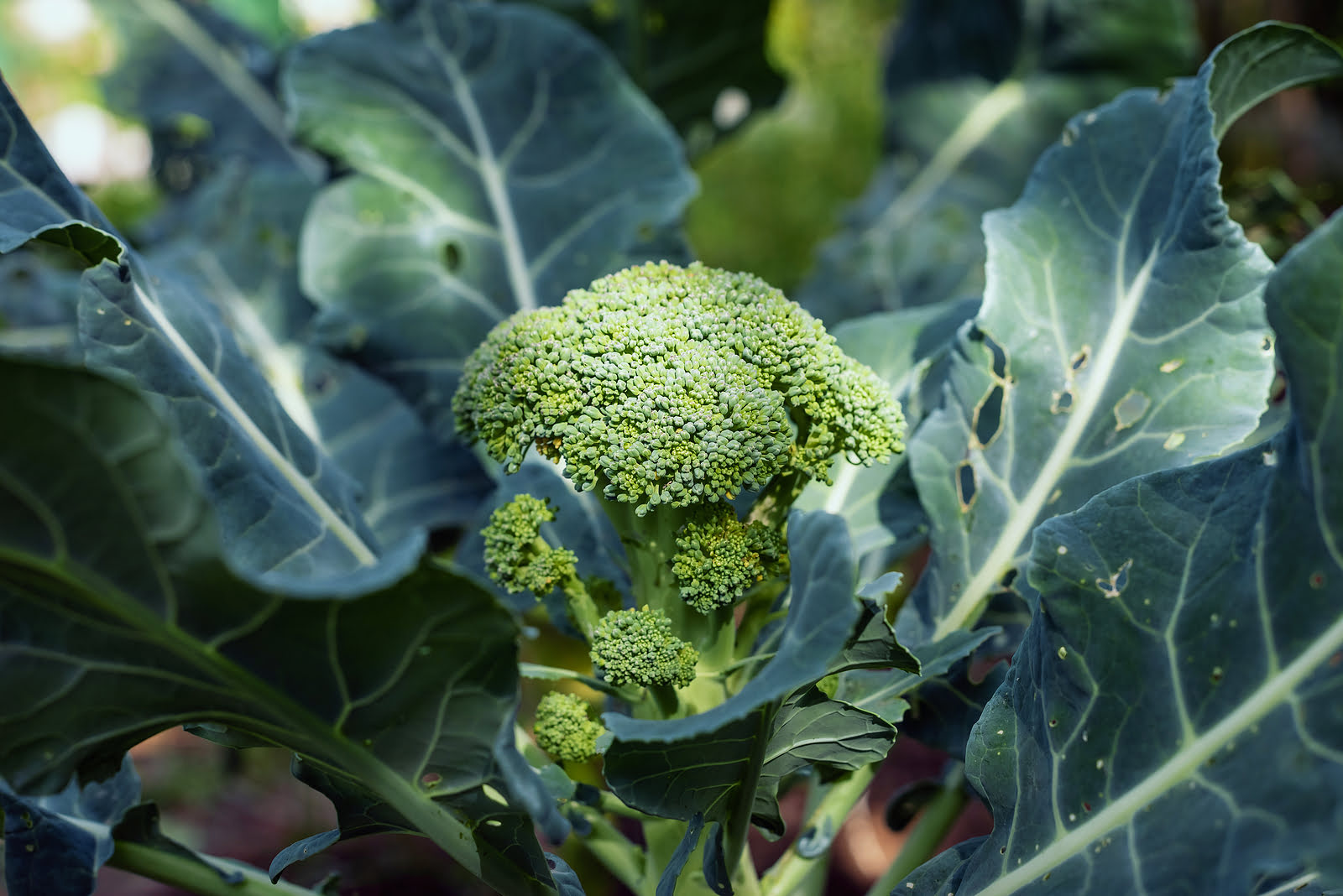

Garden Essentials
How Long Does It Take Broccoli To Grow From Seed
Modified: August 16, 2024
Learn how long it takes for garden broccoli to grow from seed and start enjoying your homegrown produce in no time. Discover expert tips and timelines.
(Many of the links in this article redirect to a specific reviewed product. Your purchase of these products through affiliate links helps to generate commission for Storables.com, at no extra cost. Learn more)
Introduction
Welcome to the world of gardening! If you have ever wondered how long it takes for broccoli to grow from seed, you have come to the right place. Broccoli is a popular vegetable that is not only delicious but also packed with essential nutrients. The entire journey from seed to harvest is a fascinating process, and understanding the factors that affect broccoli growth can help you optimize your gardening experience.
Broccoli, known scientifically as Brassica oleracea var. italica, belongs to the cabbage family. It is a cool-season crop that thrives in temperate climates. Whether you are growing broccoli in your backyard garden or in containers on your balcony, knowing the timeline of its growth can help you plan and care for your plants more effectively.
Before we dive into the timeline, let’s explore the factors that affect broccoli growth. Understanding these variables will give you a clearer picture of what to expect and how to nurture your plants for optimal growth.
1. Temperature: Broccoli prefers cool temperatures between 60-70°F (15-21°C) for optimal growth. Extreme heat or frost can hamper its development, so it’s important to consider the average temperatures in your area and plan accordingly.
2. Sunlight: Broccoli loves sunlight and thrives in full sun exposure. Aim for at least 6-8 hours of direct sunlight daily to promote healthy growth and development.
3. Soil conditions: Broccoli prefers well-drained, fertile soil with a pH level between 6.0 and 7.5. Work organic matter such as compost into the soil before planting to provide essential nutrients and improve moisture retention.
4. Watering: Adequate watering is crucial for broccoli growth. Keep the soil evenly moist throughout the growing season, but be cautious not to overwater as it can lead to root rot and other issues.
Now that we have an understanding of the factors affecting broccoli growth, let’s take a closer look at each stage of its development, starting from seed germination.
Key Takeaways:
- Broccoli takes 70-100 days to grow from seed to harvest. Factors like temperature, sunlight, and soil conditions play a crucial role in its growth.
- Understanding the stages of broccoli growth, from seed germination to harvest, helps optimize its productivity and ensures a bountiful harvest.
Factors Affecting Broccoli Growth
Several factors play a significant role in determining the growth and success of broccoli plants. By understanding these factors, you can provide the optimal conditions for your broccoli to thrive and produce bountiful harvests. Let’s explore the key factors that influence broccoli growth:
1. Temperature: Broccoli is a cool-season vegetable and performs best in temperatures between 60-70°F (15-21°C). High temperatures can cause the plants to bolt, resulting in premature flowering and reduced quality of the florets. On the other hand, temperatures below 50°F (10°C) can stunt growth and delay maturity. Ensure that you plant broccoli at the appropriate time to align with the optimum temperature range for your region.
2. Sunlight: Broccoli is a sun-loving plant and thrives in full sun exposure. It requires a minimum of 6-8 hours of direct sunlight daily. Insufficient sunlight can lead to leggy plants with weak stems and small heads. Choose a location in your garden that receives ample sunlight throughout the day to promote healthy growth and development.
3. Soil Conditions: Broccoli prefers well-drained, fertile soil with a pH level between 6.0 and 7.5. Before planting, prepare the soil by incorporating organic matter such as compost or well-rotted manure to improve its structure and nutrient content. A well-prepared soil will ensure that the plants have access to the nutrients they need for robust growth.
4. Watering: Adequate and consistent watering is crucial for promoting healthy broccoli growth. While broccoli requires regular moisture, it is important not to overwater as it can lead to root rot and other problems. Keep the soil consistently moist by watering deeply and allowing the top inch of soil to dry out before the next watering. Mulching around the plants can help retain moisture and prevent weed growth.
5. Nutrient Levels: Broccoli is a heavy feeder and requires a steady supply of nutrients throughout its growth. Before planting, amend the soil with organic matter or a balanced fertilizer to provide the necessary nutrients. Additionally, consider supplementing with additional fertilizers during the growing season to ensure the plants have access to essential nutrients for healthy development.
6. Pest and Disease Management: Broccoli is susceptible to various pests and diseases, including aphids, cabbage worms, and clubroot. Implement preventive measures such as crop rotation, regular inspection, and timely treatment to minimize the impact of pests and diseases on plant growth. Using organic pest control methods can help maintain a healthy and thriving crop.
By taking these factors into account and providing the optimal conditions for your broccoli plants, you can ensure vigorous growth, abundant yields, and tasty broccoli florets for your table. Now, let’s delve into the journey of broccoli growth, starting with seed germination.
Seed Germination
The first stage of broccoli growth is seed germination. It is an essential process where the seed awakens from its dormant state and starts to sprout, eventually forming a seedling. Understanding the key steps involved in seed germination can help you establish a strong foundation for your broccoli plants. Here’s a breakdown of the seed germination process:
1. Seed selection: Start with high-quality broccoli seeds from a reputable seed supplier. Look for seeds that are fresh, healthy, and well-suited for your growing zone. Consider choosing hybrid varieties known for their disease resistance and vigor.
2. Preparing the seedbed: Create a seedbed by preparing the soil in a raised bed or seed tray. Ensure the soil is loose, well-drained, and rich in organic matter. Smooth out the soil surface and gently firm it to provide a stable environment for the seeds.
3. Sowing the seeds: Follow the instructions on the seed packet for the appropriate spacing and planting depth. Generally, broccoli seeds should be sown about ¼ to ½ inch deep, spacing them 2-4 inches apart. Make small furrows or individual holes for the seeds and carefully place them in the soil.
4. Watering and moisture: After sowing the seeds, gently water the seedbed to ensure the soil is evenly moist. Avoid overwatering, as it can cause the seeds to rot. Maintain moisture by lightly misting the soil surface or using a watering can with a fine rose attachment. Check the moisture level daily and water as needed to prevent the soil from drying out.
5. Germination period: Broccoli seeds typically germinate within 5-10 days, although it may take up to two weeks under cooler conditions. During germination, the seed coat splits open, and the first set of leaves, called cotyledons, emerges. These initial leaves provide nourishment to the seedling until true leaves develop.
6. Light requirements: Once the seeds have germinated, provide them with ample light. Place the seed tray or seedlings in a location that receives bright, indirect sunlight or use grow lights to ensure they receive 12-16 hours of light per day. Adequate light is crucial for healthy seedling development.
7. Transplanting seedlings: When the seedlings have developed a couple of true leaves and the risk of frost has passed, they can be transplanted into the garden or larger containers. Ensure that the soil has warmed up and daytime temperatures are suitable for transplanting.
By following these steps, you can successfully germinate broccoli seeds and establish strong, healthy seedlings. The next stage in the growth process is seedling development, where the plants begin to grow and mature. Stay tuned to learn more about this exciting phase of broccoli growth!
Seedling Development
As the broccoli seedlings emerge from the soil, they enter the stage of seedling development. This phase is crucial for establishing a strong and healthy plant structure, which will contribute to the overall growth and productivity of your broccoli plants. Let’s explore the key aspects of seedling development:
1. True leaves: After the cotyledons (the initial seed leaves) appear, the seedlings will start producing true leaves. These are the characteristic leaves of the broccoli plant. True leaves are important for photosynthesis and nutrient absorption. They will continue to grow and expand as the plant develops.
2. Thinning seedlings: Once the seedlings have developed a few sets of true leaves, it is important to thin them out if they are overcrowded. Thin the seedlings to a spacing of 12-18 inches apart to allow sufficient room for each plant to grow and receive proper nutrients and sunlight.
3. Watering: Continue watering the seedlings regularly, keeping the soil consistently moist but not waterlogged. Monitor the soil moisture and adjust your watering schedule accordingly. Moisture stress can hinder the growth of the seedlings, so it’s important to provide adequate hydration.
4. Fertilization: Feed the seedlings with a balanced fertilizer to provide them with the necessary nutrients for healthy growth. Follow the recommended dosage on the fertilizer package and apply it carefully around the base of the plants. Avoid over-fertilization, as it can lead to excessive foliage growth at the expense of floret development.
5. Hardening off: Before transplanting the seedlings into the garden, it’s important to gradually expose them to outdoor conditions. This process, known as hardening off, helps the seedlings acclimate to temperature fluctuations, wind, and sunlight. Start by placing the seedlings outdoors in a sheltered spot for a few hours a day, gradually increasing the duration and exposure over a period of 7-10 days.
6. Transplanting: Once the seedlings have been hardened off and the weather conditions are favorable, it’s time to transplant them into their permanent location in the garden. Ensure that the soil is well-prepared, with organic matter incorporated, and that the planting holes are wide and deep enough to accommodate the root system of the seedlings. Gently transplant the seedlings, taking care not to disturb the roots.
During the seedling development stage, it is important to monitor the plants for any signs of stress or nutrient deficiencies. Address issues promptly to ensure the healthy growth of the seedlings. With proper care and attention, your broccoli seedlings will continue to grow and progress towards maturity.
In the next section, we will explore the process of transplanting seedlings and how to ensure their successful establishment in the garden.
Transplanting Seedlings
Transplanting seedlings is a critical step in the growth of broccoli plants. It involves moving the young seedlings from their nursery containers or seed trays into their final position in the garden or larger containers. Proper transplanting techniques ensure the successful establishment of the seedlings and set them on the path to mature and productive plants. Here’s a step-by-step guide to transplanting broccoli seedlings:
1. Timing: Wait until the seedlings have developed a couple of true leaves and the risk of frost has passed before transplanting them. The ideal time for transplanting is when the seedlings are 4-6 weeks old. Check the local frost dates and consider the maturity period of the specific broccoli variety you are growing to determine the appropriate timing for transplanting.
I will continue in the next message.
Broccoli takes about 60-90 days to grow from seed to harvest. Start seeds indoors 6-8 weeks before the last frost, then transplant them outside once the soil is warm. Keep the soil consistently moist and provide plenty of sunlight for best results.
Growth and Development Stages
As your broccoli plants continue to grow and develop, they go through different stages that mark significant milestones in their growth journey. Understanding these stages can help you monitor and care for your plants effectively. Here are the key growth and development stages of broccoli:
1. Seed Germination: This is the initial stage where the seeds awaken and sprout, forming seedlings. It usually takes around 5-10 days for broccoli seeds to germinate, depending on temperature and other growing conditions.
2. Seedling Development: The seedlings continue to grow, producing true leaves, and establishing a strong root system. Seedling development takes place for around 4-6 weeks after germination.
3. Vegetative Growth: Once the seedlings are transplanted into the garden, they enter the vegetative growth stage. During this phase, the plants focus on producing foliage, stems, and roots. They develop a larger canopy of leaves and increase in size and height. Adequate sunlight, water, and nutrients are crucial during this stage to support healthy growth.
4. Head Formation: As the broccoli plants mature, they begin the process of forming heads, which are the edible florets we commonly associate with broccoli. The head formation stage occurs around 60-85 days from the time of transplanting, depending on the variety. The formation of the head is influenced by factors such as temperature, watering, and appropriate nutrition.
5. Head Growth: Once the central head begins to form, it grows rapidly in size. During this stage, it is important to monitor the plants closely and provide the optimal growing conditions, such as consistent watering and nutrient-rich soil. Depending on the variety, the head may continue to grow and reach its full size over the course of several weeks.
6. Secondary Shoots: After the main head is harvested, many broccoli varieties have the ability to produce secondary shoots, also known as side shoots or florets. These secondary shoots develop in the leaf axils of the plant and can be harvested to prolong the harvest period. Regular harvesting of the side shoots encourages the plant to continue producing more florets.
7. Bolting and Flowering: If the plants experience extreme heat or other stress factors, they may enter the bolting stage. Bolting is characterized by the rapid elongation of the flower stalk. Once the plant bolts, it diverts its energy towards flowering rather than producing desirable florets. To prevent bolting, it is important to provide the plants with cool growing conditions and avoid heat stress.
By being aware of the different growth and development stages of broccoli, you can better understand and support the specific needs of your plants. This knowledge will help you optimize your gardening practices and ultimately yield a bountiful harvest of delicious and nutritious broccoli.
Next, let’s explore the time it takes for broccoli to reach maturity and become ready for harvest.
Time to Maturity
The time it takes for broccoli to reach maturity and become ready for harvest varies depending on the variety and growing conditions. Understanding the approximate timeline can help you plan and manage your broccoli crop effectively. Here’s a general overview of the time to maturity for broccoli:
1. Days to maturity: On average, it takes broccoli plants around 70-100 days from the time of transplanting to reach maturity. However, this can vary depending on the specific variety you are growing. Some early-maturing varieties may be ready for harvest in as little as 50 days, while others may take up to 120 days or more for maturity.
2. Head formation: The central head of broccoli typically forms within 60-85 days after transplanting. The time it takes for the head to develop depends on various factors, including temperature, moisture, and nutrient availability. It’s important to closely monitor the plants during this stage and provide optimal growing conditions to promote proper head formation.
3. Secondary shoots: After the main head is harvested, many broccoli varieties have the ability to produce secondary shoots or side florets. These can extend the harvest period and provide additional yields. Secondary shoots typically start forming several weeks after the main head is harvested, and their development and harvest period can continue for several more weeks.
4. Cool-season crop: Broccoli is a cool-season crop that performs best in cooler temperatures. During the warmer summer months, the plants may bolt, or rapidly go to seed, resulting in reduced quality and bitter-tasting florets. To maximize your harvest, consider planting broccoli as a spring or fall crop in areas with hot summers, or choose heat-tolerant varieties for summer planting.
5. Harvesting: Knowing when to harvest your broccoli is crucial to ensure that the florets are at their peak flavor and texture. Harvest the main head of broccoli when the buds are tight and firm, and just before the flowers start to open. Waiting too long may result in open or over-mature heads. Harvest the secondary shoots or side florets when they reach a desirable size. Regular harvesting will encourage the plants to continue producing more side shoots.
Remember that these time frames are general guidelines, and the actual time to maturity may vary depending on various factors such as temperature, growing conditions, and specific variety characteristics. It is always a good idea to refer to the instructions provided on the seed packet or consult with local gardening resources for more precise information on the expected time to maturity for the specific broccoli variety you are growing.
In the next section, let’s explore the process of harvesting broccoli and how to ensure a successful harvest.
Harvesting Broccoli
Harvesting broccoli at the right time is crucial to enjoy its delicious and nutritious florets. Harvesting too early or too late can result in suboptimal flavor and texture. Here are some important points to consider when harvesting broccoli:
1. Main Head Harvest: The main head of broccoli is the large central cluster of tightly packed florets. It is the primary focus of the harvest. Harvest the main head when it is firm and compact, and before the flowers start to open. The buds should be tightly closed and have a deep green color. Use a sharp knife or a pair of garden shears to cut the main head at a 45-degree angle, about 5-6 inches below the head. Aim to leave a short stem attached to the head.
2. Secondary Shoots Harvest: After the main head is harvested, many broccoli varieties have the ability to produce secondary shoots or side florets. These can be harvested to prolong the harvest period. Wait until the side shoots reach a desirable size, typically around 2-4 inches in diameter. Cut the side shoots carefully using a knife or shears, making a clean cut just below the floret cluster.
3. Harvesting Time: It’s important to harvest broccoli in the morning when the florets are at their freshest. The cool temperatures of the early morning help preserve the flavor and texture of the harvested florets. Avoid harvesting in the heat of the day, as the sun can cause the florets to wilt quickly.
4. Continuous Harvesting: Harvesting broccoli is not a one-time event. In fact, regular harvesting promotes further development of secondary shoots and prolongs the harvest period. Keep an eye on your plants and continue harvesting side shoots as they reach the desired size. This will encourage the plants to produce more shoots and provide you with a continuous supply of fresh broccoli.
5. Storage and Use: After harvesting, promptly refrigerate the harvested broccoli to preserve its freshness and flavor. Store the florets in plastic bags or airtight containers in the refrigerator’s crisper drawer. Consume the harvested broccoli as soon as possible to enjoy its optimal taste and nutritional benefits. If needed, broccoli can also be blanched and frozen for longer-term storage.
Remember, the flavor and texture of broccoli are at their best when harvested at the right time. Regular monitoring and timely harvesting will ensure that you enjoy the tastiest and most nutritious broccoli from your garden.
Now that you have learned about the harvest process, let’s conclude our journey through the growth stages of broccoli.
Conclusion
Growing broccoli from seed to harvest is a rewarding experience that allows you to enjoy the delicious and nutritious bounty of this versatile vegetable. Understanding the different stages of broccoli growth, from seed germination to harvest, is key to optimizing the growth and productivity of your plants. By considering factors such as temperature, sunlight, soil conditions, watering, and proper care, you can provide the ideal conditions for your broccoli to thrive.
Starting with seed germination, you learned how to select high-quality seeds and provide the optimal environment for them to sprout. The seedling development stage allowed you to witness the growth of true leaves and establish strong root systems. Transplanting seedlings into the garden or containers ensured their successful establishment and entry into the vegetative growth stage.
As the broccoli plants matured, they entered the stages of head formation and growth. Monitoring and providing the right growing conditions during this period were crucial for obtaining well-developed, flavorful heads. Harvesting the main heads at the right time, and subsequently harvesting the secondary shoots, prolonged the harvest and ensured a continuous supply of delicious florets.
Throughout the growth journey, factors such as temperature, sunlight, soil conditions, watering, fertilization, and pest management played a crucial role in supporting the healthy growth of your broccoli plants. By understanding and addressing these factors, you can optimize the growth and productivity of your plants and enjoy a bountiful harvest.
Now that you have a comprehensive understanding of how long it takes for broccoli to grow from seed, the factors affecting its growth, and the different stages of development, you are well-equipped to embark on your own broccoli-growing adventure. Whether you have a backyard garden, a balcony, or even just a few pots, you can cultivate delicious and nutritious broccoli to enjoy with your meals.
Remember to have fun, be patient, and embrace the joy of watching your broccoli plants thrive and produce. Happy gardening!
Frequently Asked Questions about How Long Does It Take Broccoli To Grow From Seed
Was this page helpful?
At Storables.com, we guarantee accurate and reliable information. Our content, validated by Expert Board Contributors, is crafted following stringent Editorial Policies. We're committed to providing you with well-researched, expert-backed insights for all your informational needs.
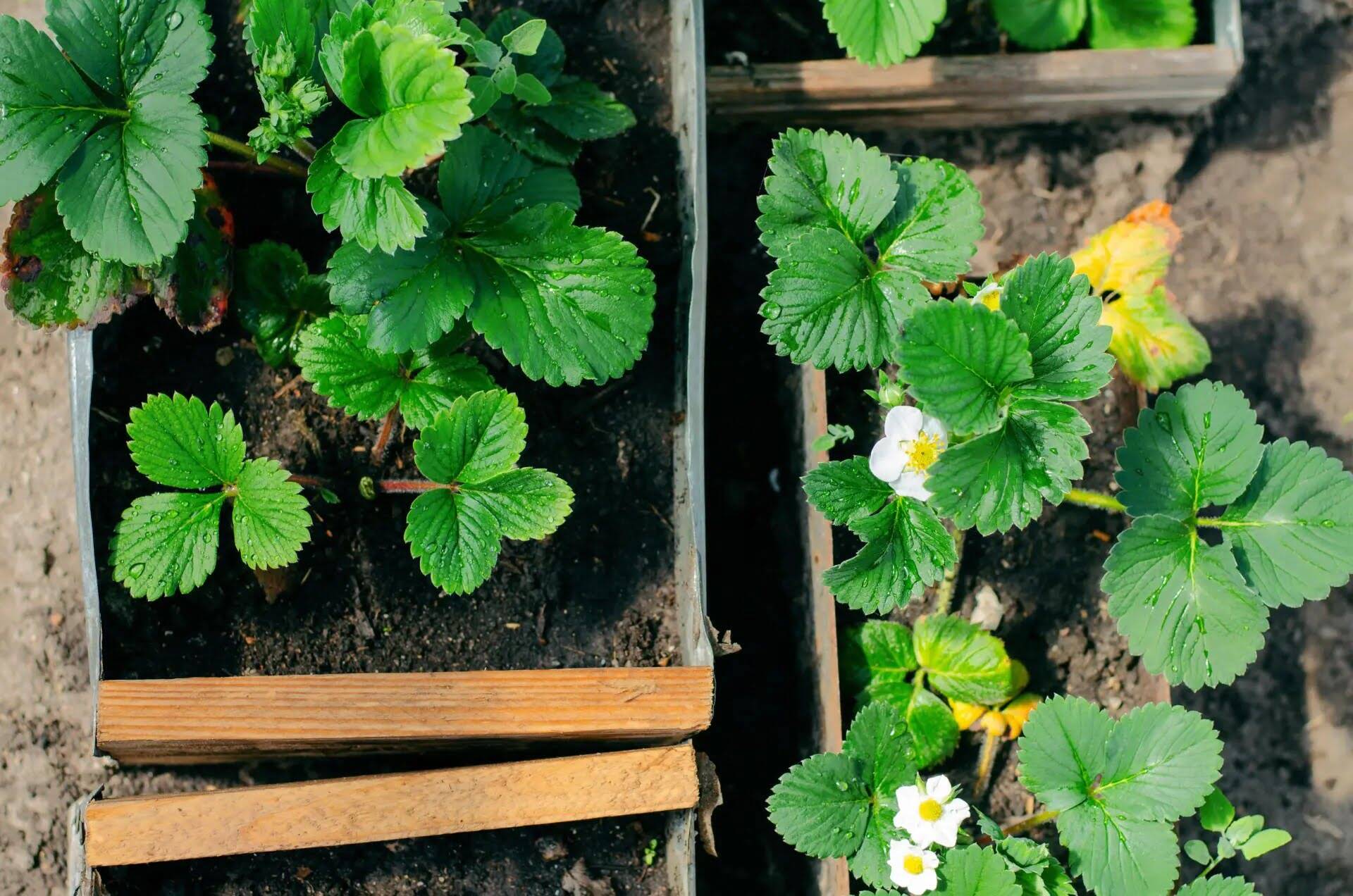
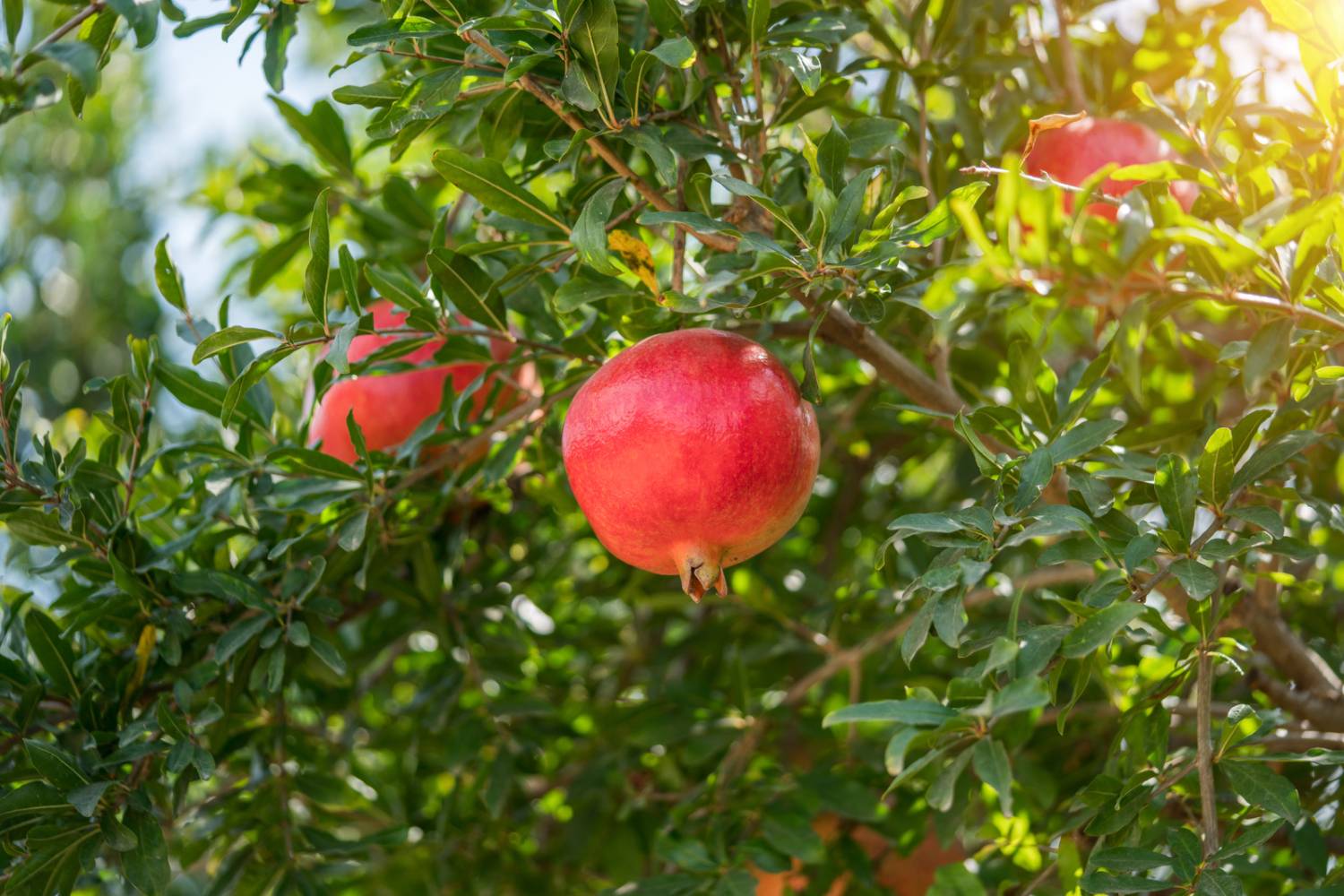
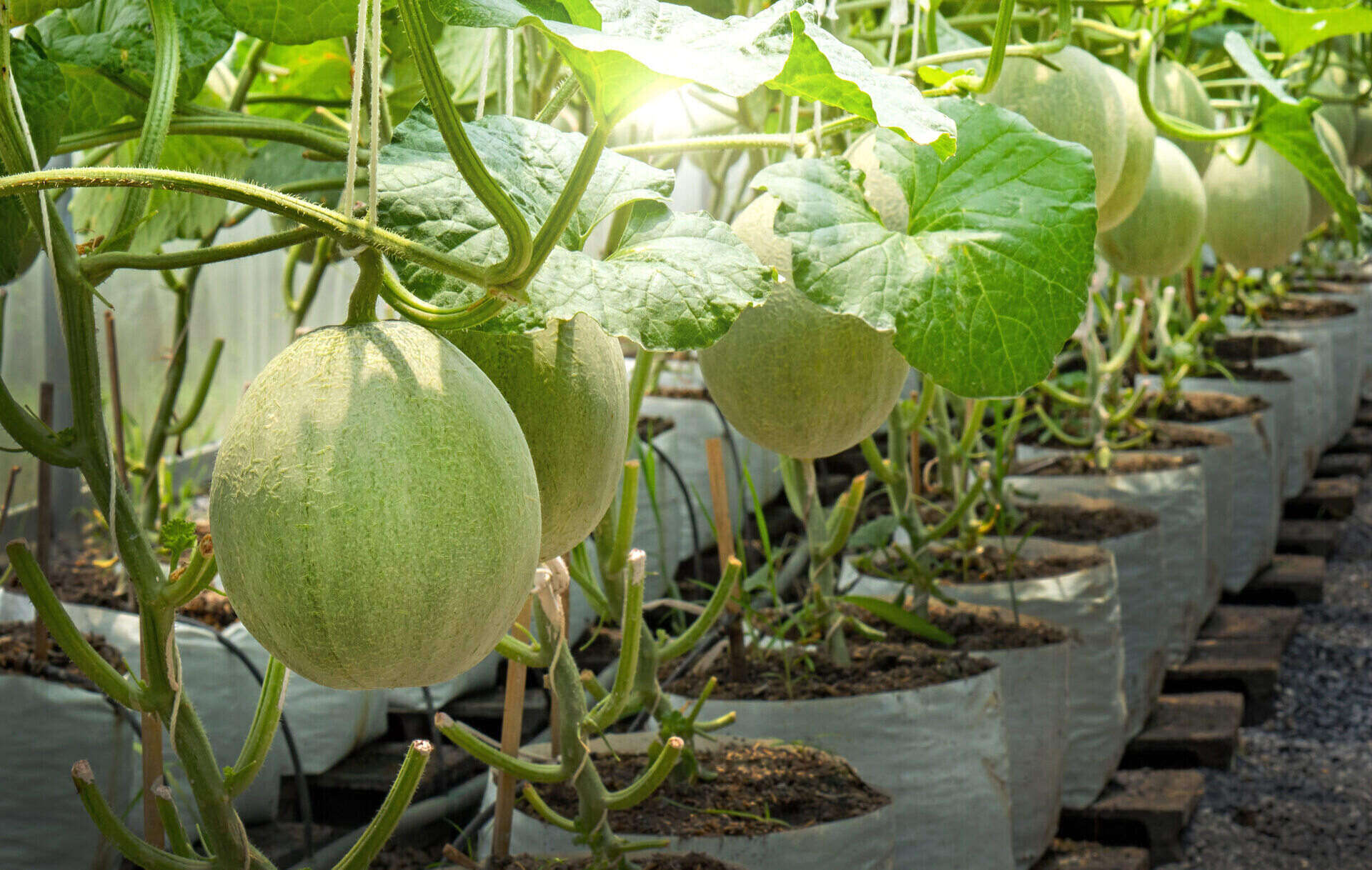
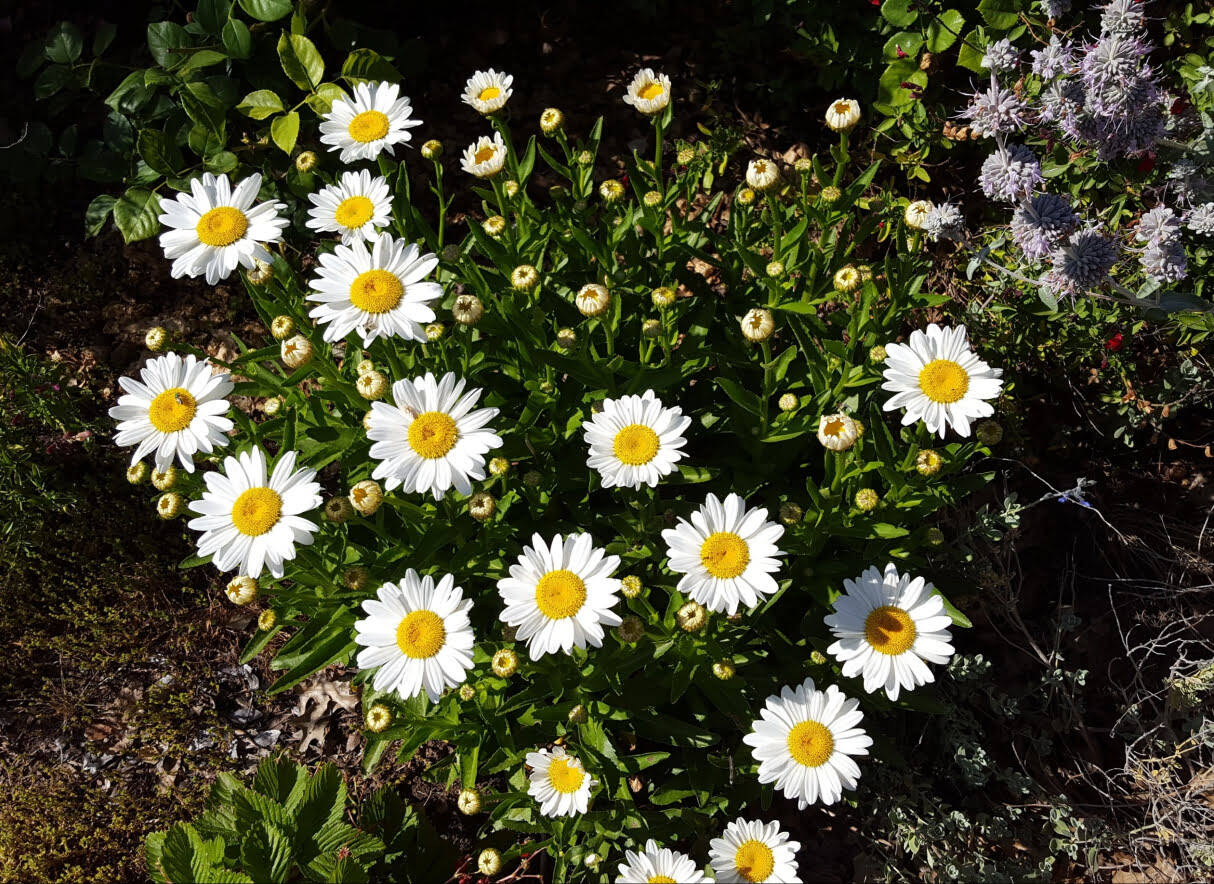
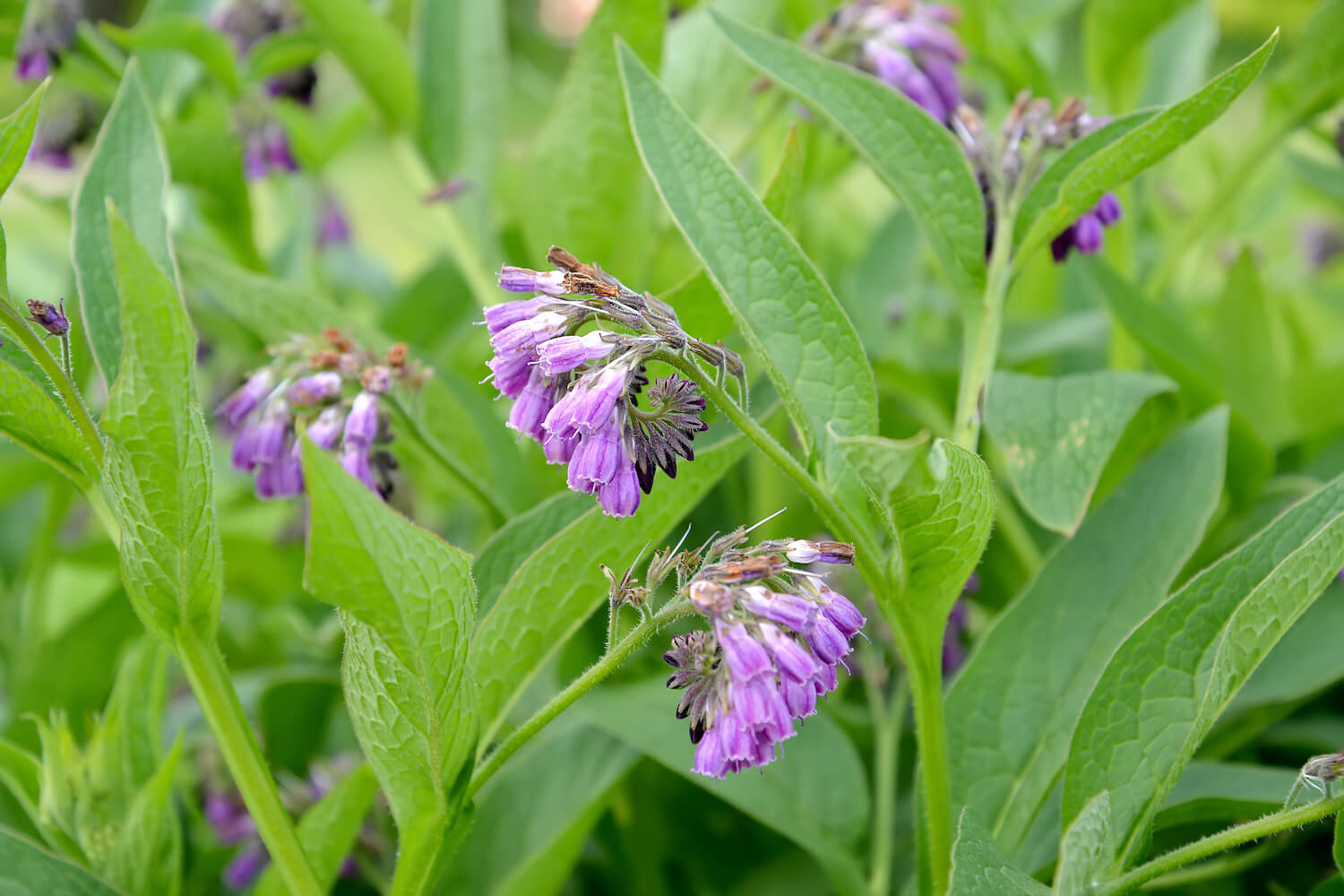
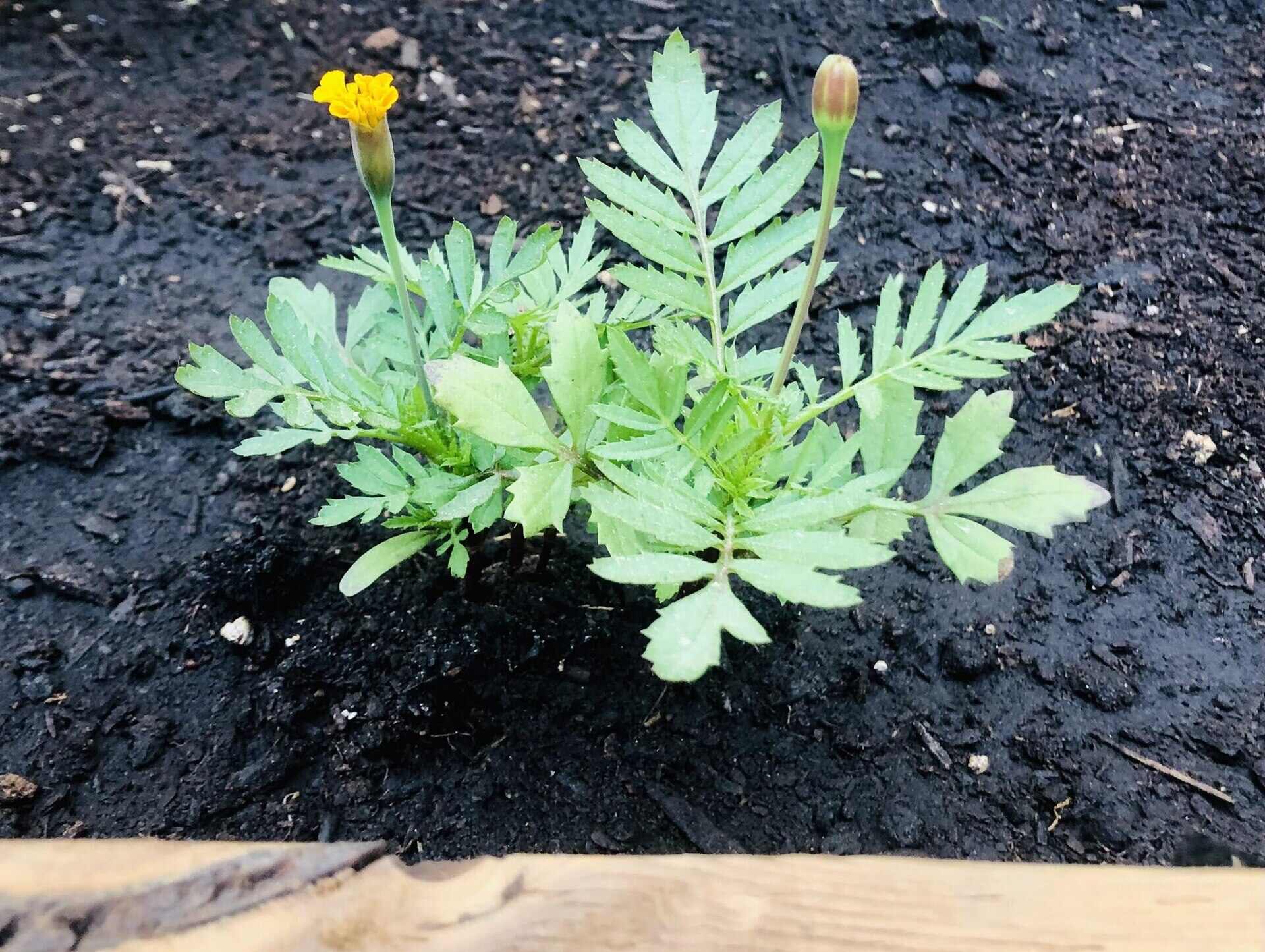
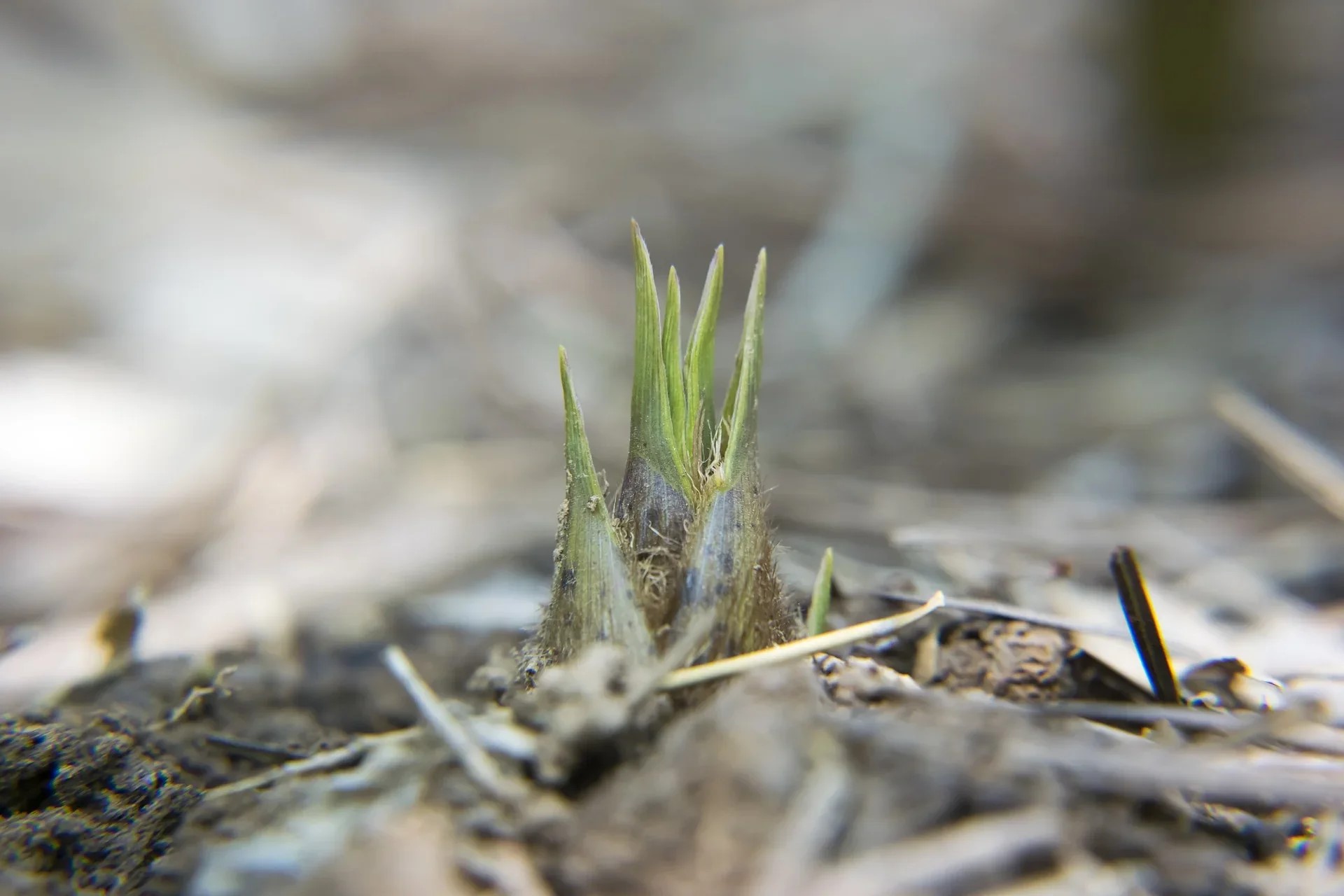
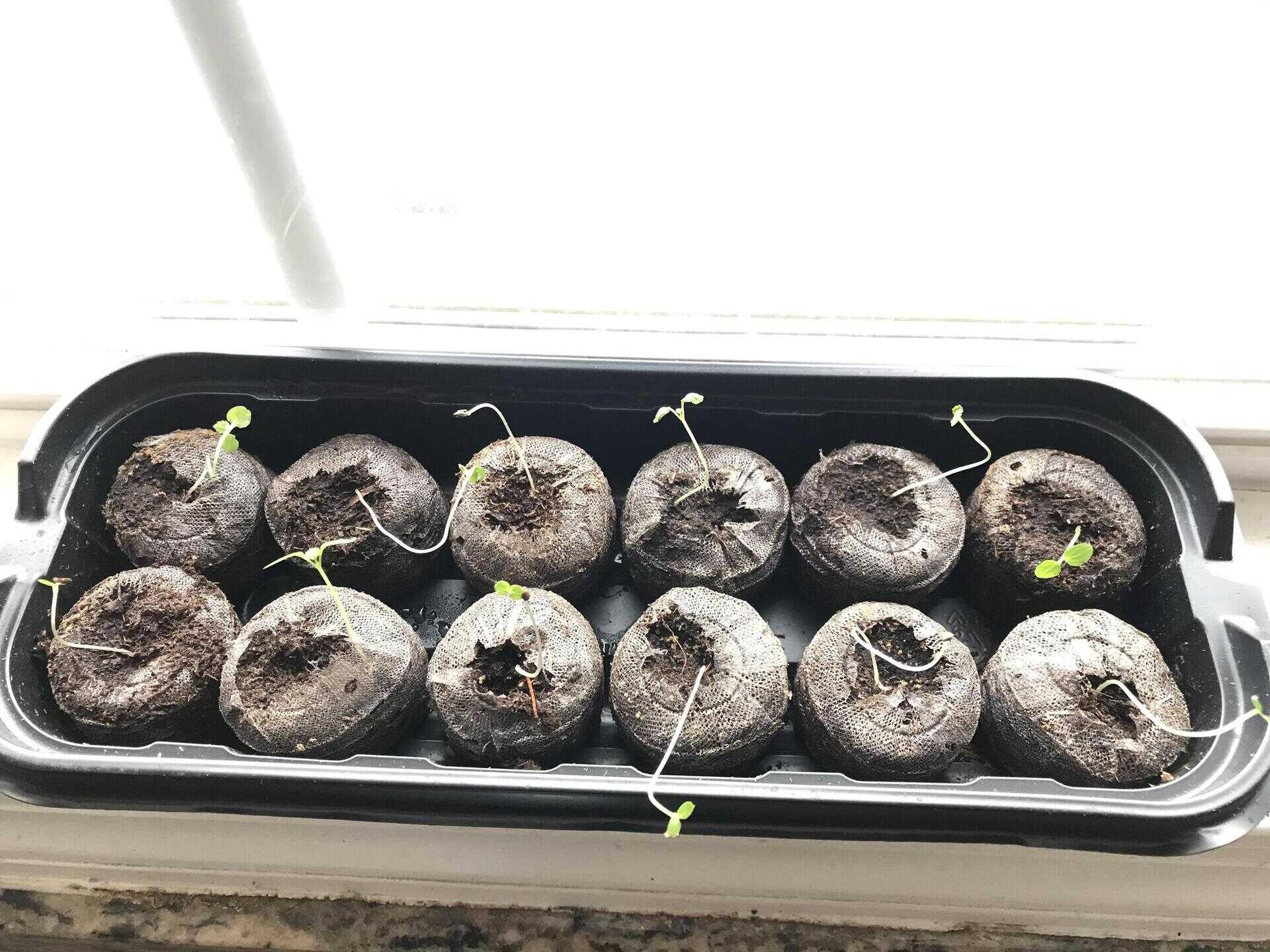
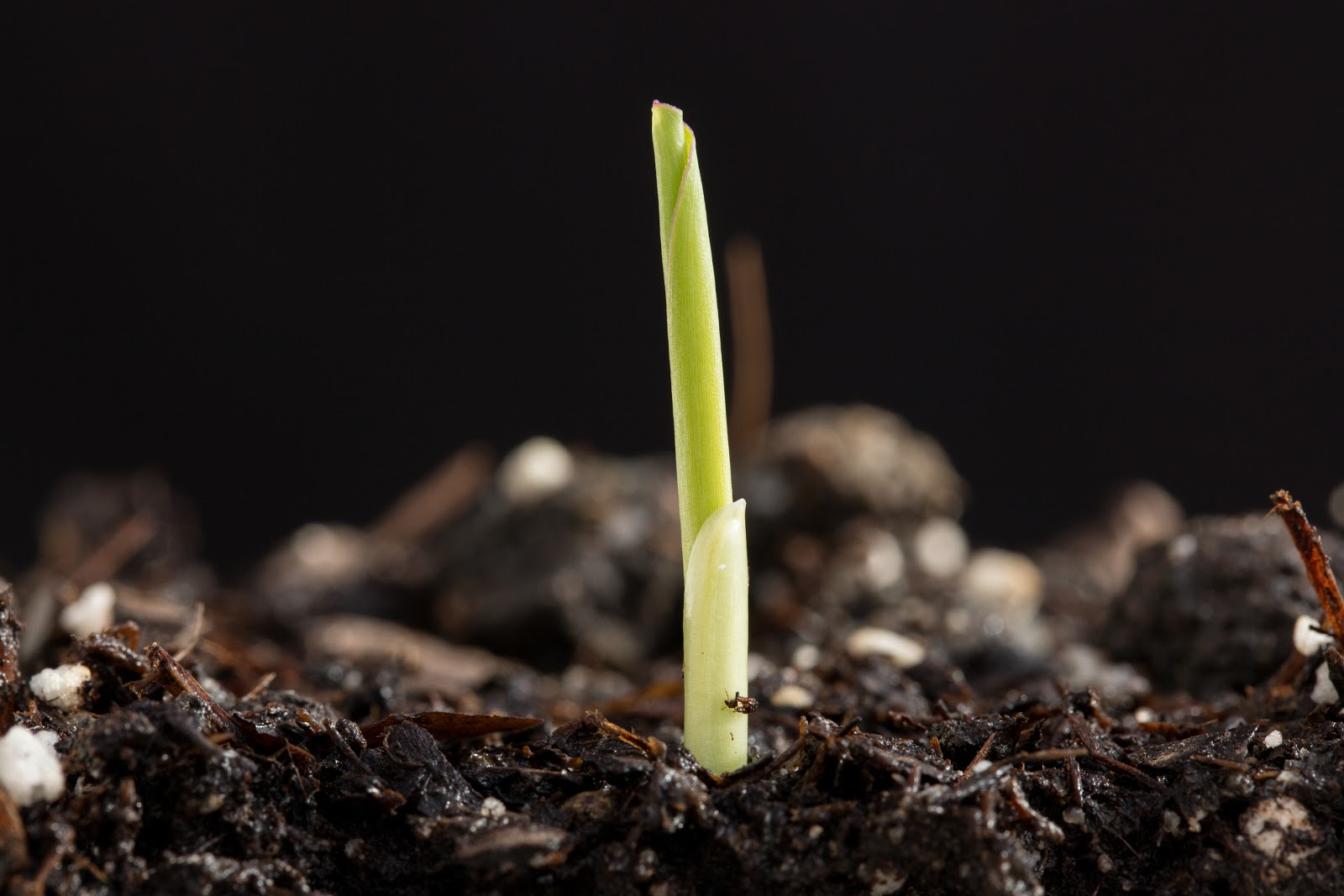
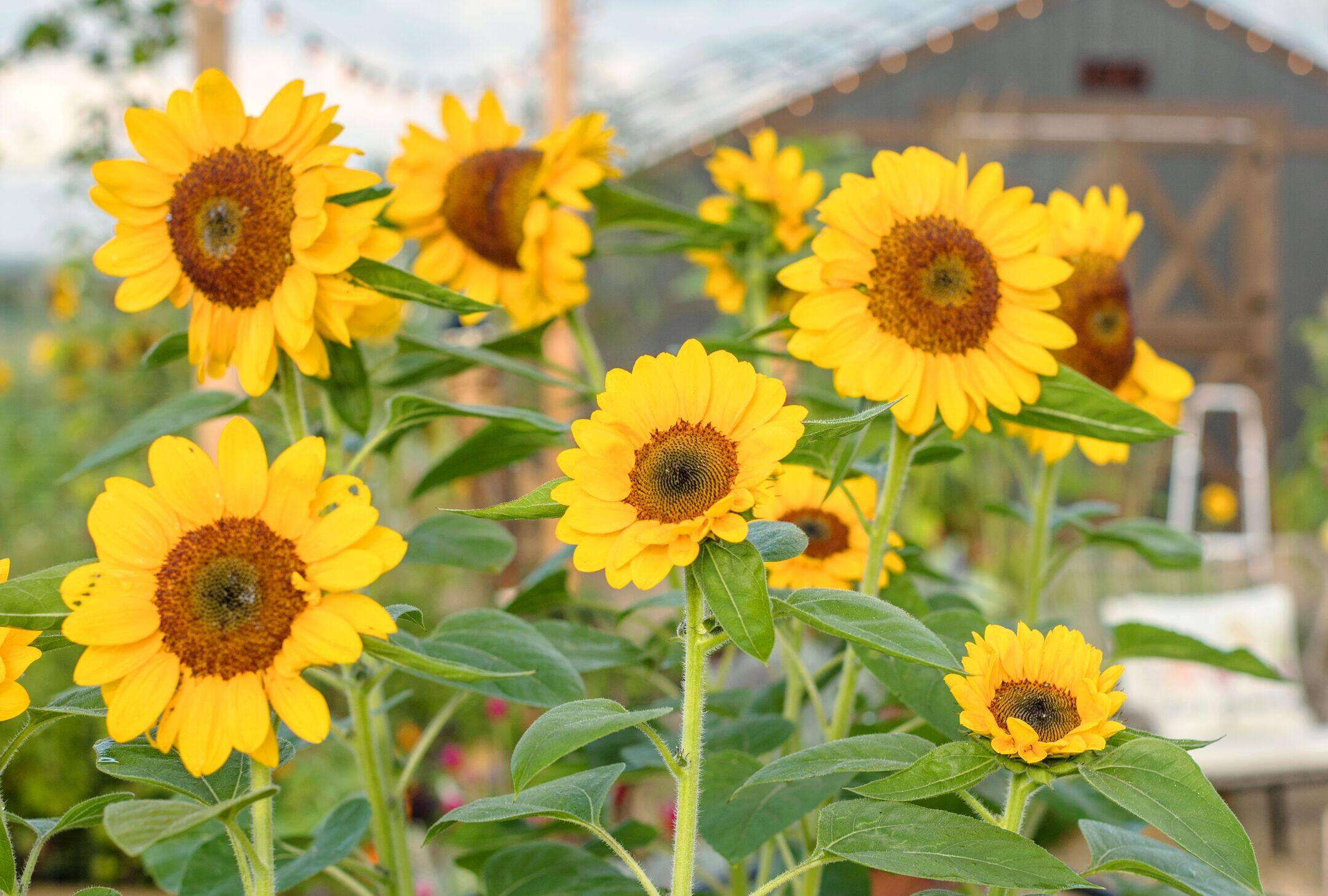
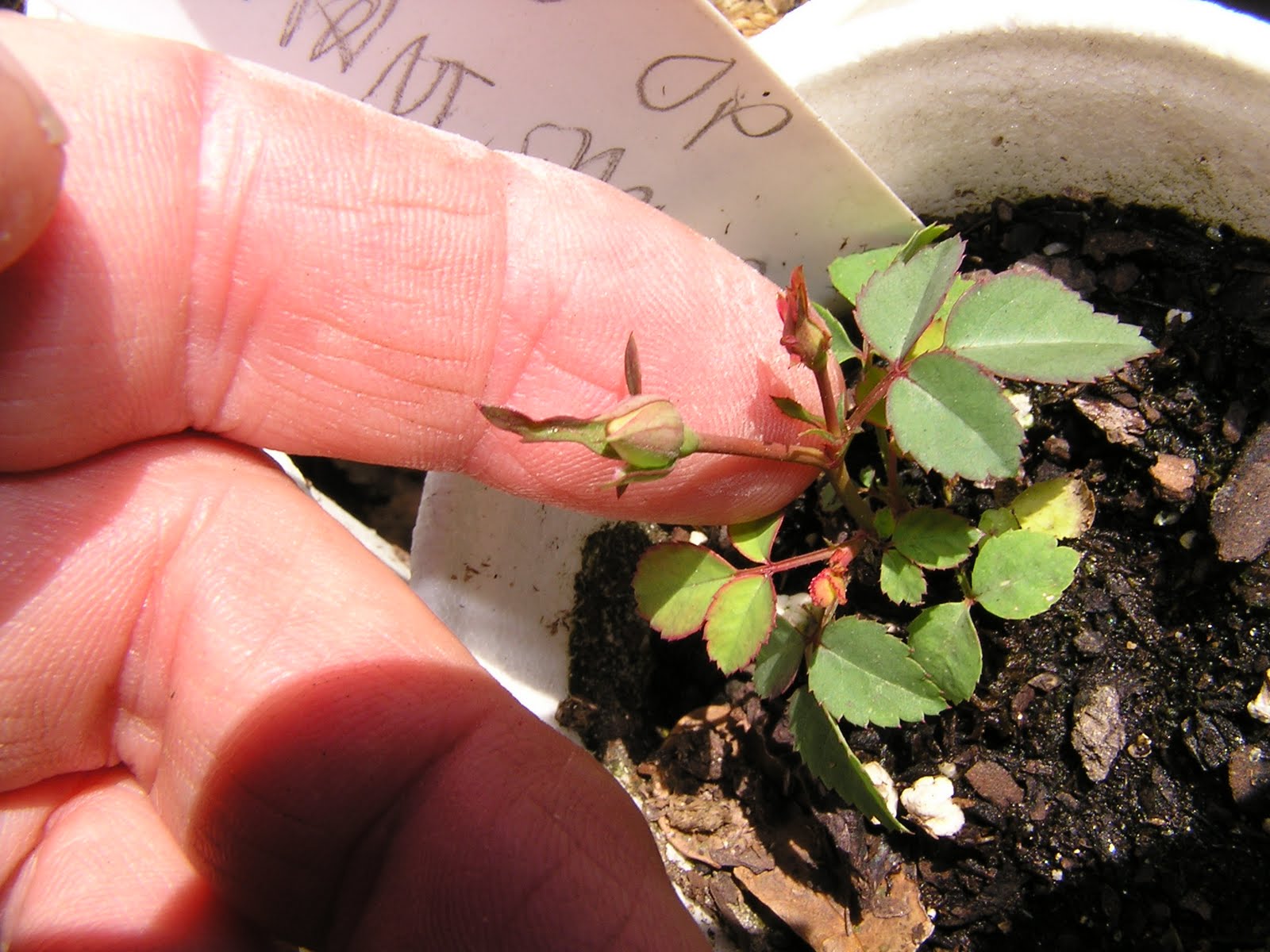
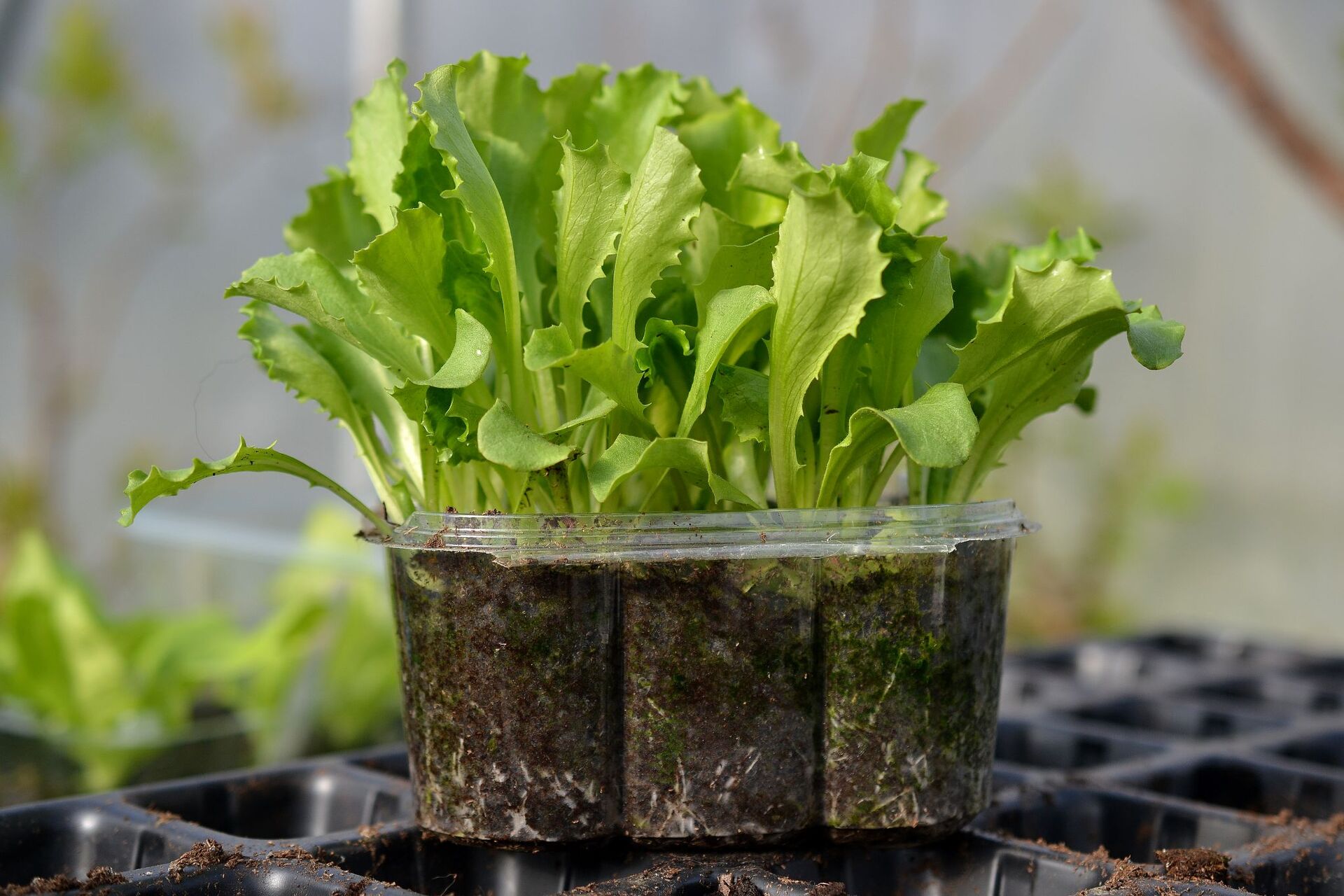
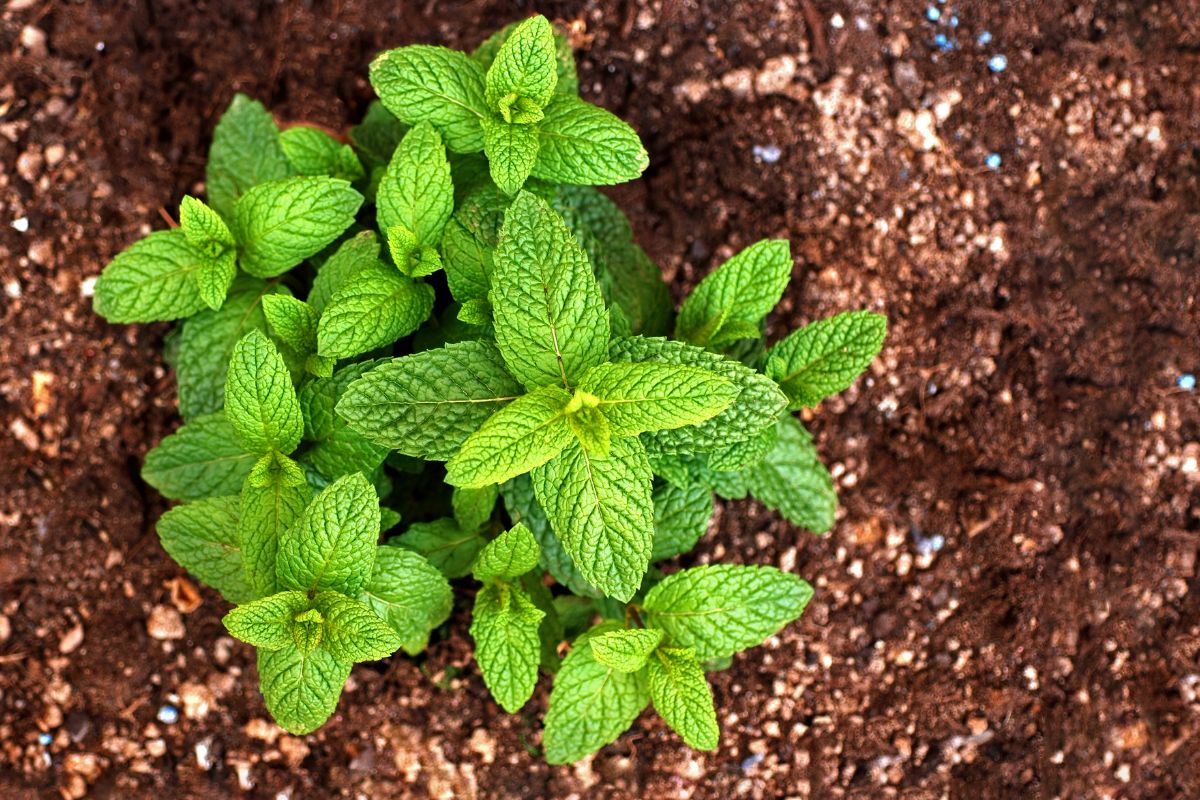
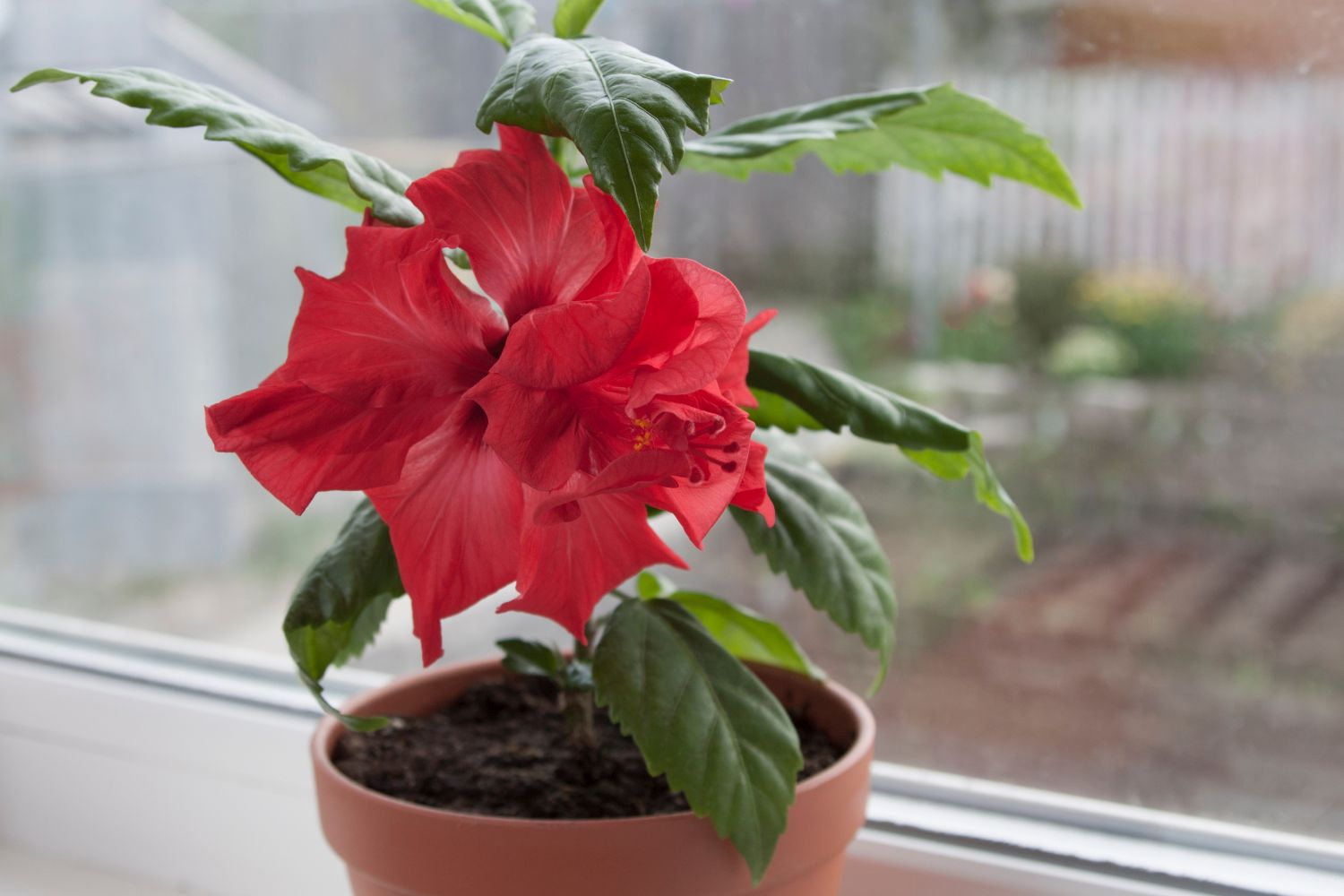

0 thoughts on “How Long Does It Take Broccoli To Grow From Seed”